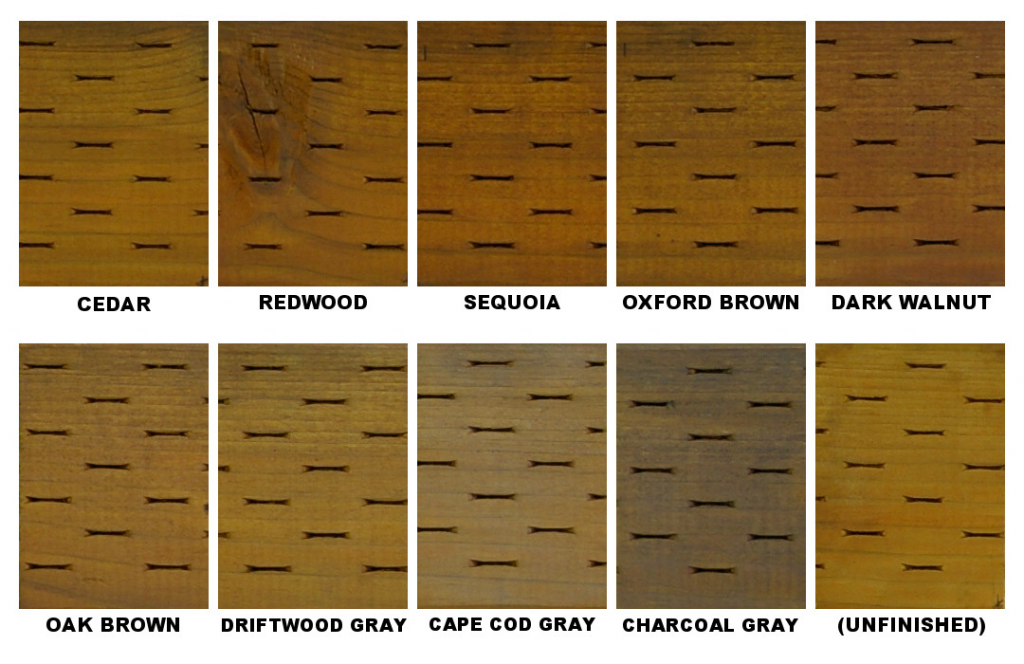✔️ Bad Credit - Not a Problem!
Bad credit score should not be a problem for you. Our direct lenders can provide loans for people with bad credit!
✔️ Apply for a Loan 24/7
There is a high chance that your application will be approved almost instantly!
✔️ Instant Payout
If your application is approved, you may receive money same day after filling the form!
Best Plumbing Companies in Category: Guide Area
Pressure-treated wood is any wood that has been treated with chemicals to make it resistant to rot. It can either be used as a construction material or as a more natural alternative to chemically treated wood in a garden setting.
When pressure-treated wood is made, liquid preservatives are injected deep into the wood, absorbed by the wood fibers. These turn the wood an off-white color, and over time the liquid will evaporate. It can take up to two weeks after the wood is installed for this to happen, which is why it’s important to keep pressure-treated wood out of contact with the ground during this time.
How Is Pressure Treated Wood Made?
Pressure-treated wood, also known as preservative-treated lumber, is a type of wood with a chemical preservative mixed into it to preserve the wood and make it resistant to rot, mold, and insect damage. Typically, this wood is used for outside decks, porches, fences, and other such structures.
Pressure-treated wood is the most common and popular type of lumber in the country today. It has become very popular due to its low cost and durability. The most common chemicals used in pressure-treated wood are copper, chromium, and arsenic.
The treatment process involves placing the wood in a sealed chamber with the chemical and then pumping in high pressure to force the chemical deep into the wood, where it will remain. The wood can then be used for construction purposes, as it will be resistant to the elements.
Types Of Pressure Treated Wood
There are two main types of pressure-treated wood, the first and most popular being CCA (Chromated Copper Arsenate). Arsenic is a poison, but at low concentrations, it is used to preserve wood products. The second type which is used less is ACQ (Alkaline Copper Quaternary). Below you can find comprehensive information about every kind of wood treating.

Copper Azole Treated Lumber
Pressure-treated wood is used worldwide to build a wide range of structures, from log homes to barns to bridges. The wood is soaked in a chemical solution known as chromate copper arsenate (CCA) to prevent it from rotting when exposed to the elements.
While this process works well, some people may be concerned about the possibility of chemicals in the treated wood leaching into the soil and contaminating their drinking water. To alleviate that concern, some manufacturers offer a newer treatment option known as micronized copper azole (MCA) that is safer and more effective than CCA.
Micronized copper azole is a preservative used for wood pressure-treating. It is developed to reduce the toxicity of copper wood preservatives, and it is safer for both human beings and the environment.
However, this component can also be toxic, and the EPA requires that copper wood preservatives, such as creosote, copper borate, and copper azole be mixed with another material to make them less toxic.
Alkaline Copper Quaternary
Alkaline copper quaternary is an alternative to copper chromium arsenate (CCA) as a wood preservative. Alkaline copper quaternary is used to treat wooden utility poles, piling, and other structural timber, as well as fence posts and decking. Alkaline copper quaternary is a wood preservative that has been in use since the 1940s. It is used to treat wooden utility poles, piling, and other structural timber, as well as fence posts and decking.
Where Does Treated Lumber Use?
Pressure-treated wood is an excellent option for outdoor projects since it is long-lasting, easy to work with, and can be used for a wide variety of purposes. This is a perfect choice for both residential and commercial use. It can be used to build decks, raised garden beds, patios, pergolas, gazebos, birdhouses, fences, decking, fencing, landscaping timbers, outdoor furniture, planters, and more.
Pressure-treated wood is also a viable option for building projects that are used under severe weather conditions or other extreme conditions. Pressure-treated wood is available in a variety of species and colors, making it ideal for most applications.
FAQ
What Is Pressure-Treated Wood?
When Should I Use Pressure-Treated Wood?
How Long Will Pressure-Treated Wood Last?
This is because the copper azole works on the molecular level to make the wood’s cellulose more resistant to the effects of water, fungi, and insects. Usually, pressure-treated wood can last for 30-40 years or even more, depending on different factors.
